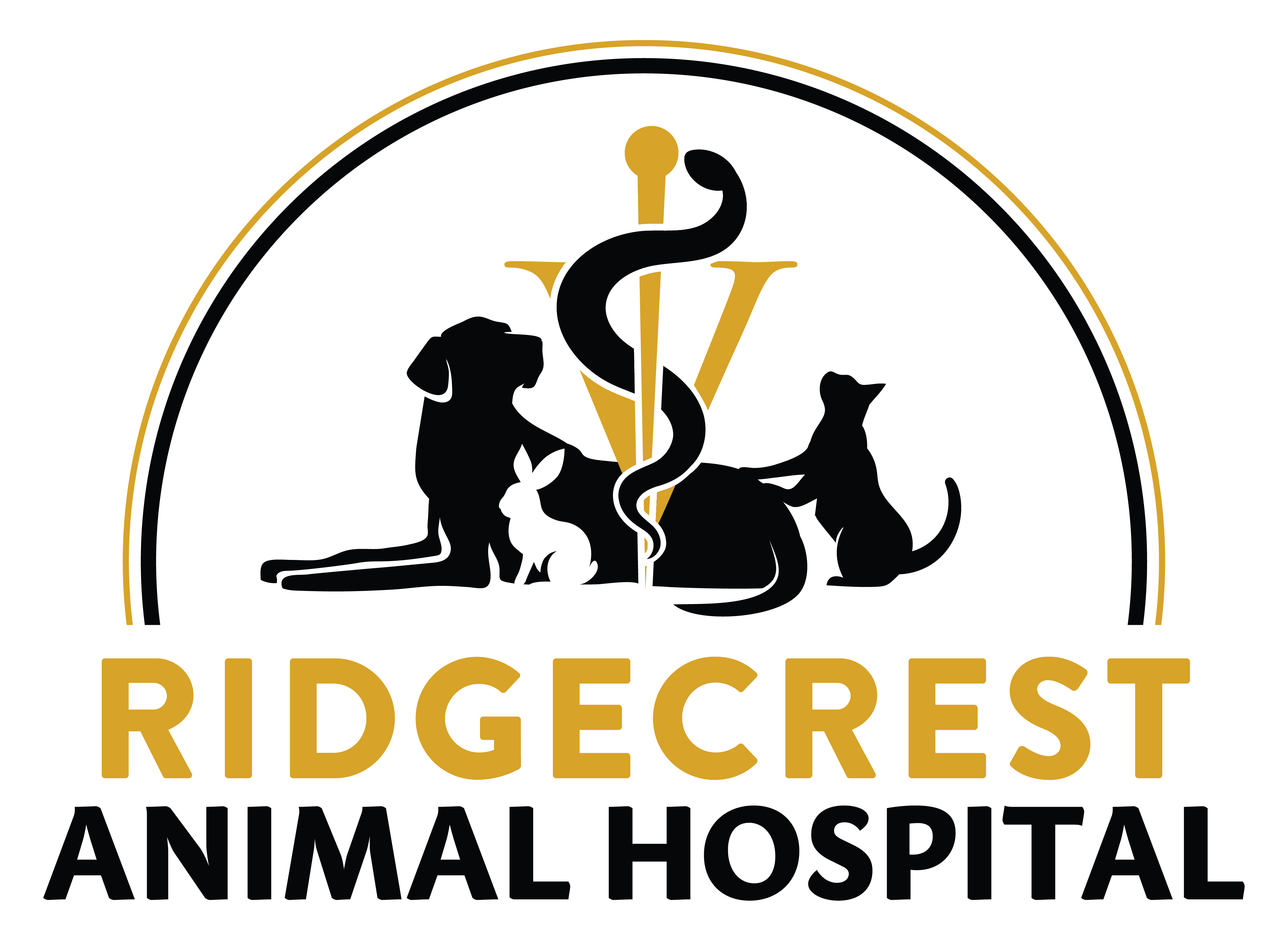Library
-
Laser surgery is a procedure in which a beam of light energy is generated at a specific wavelength, resulting in the cutting of tissues. Laser surgery has major advantages when compared to traditional surgery, including decreased pain, decreased inflammation, and improved tissue healing.
-
Latanoprost (brand names: Xalatan®, Monoprost®, Xelpros®) is used off label to reduce pressure in the eye and treat glaucoma in dogs and other animals. Latanoprost is applied to the eye as a liquid solution.
-
Lead is a common household hazard for birds. Due to their curious, explorative nature, house birds can be exposed to lead around the house. Lead causes heavy metal toxicity, affecting the blood, nervous system, and gastrointestinal system. Lead poisoning can be fatal if not treated.
-
Leaky gut syndrome refers to an increase in the permeability of the intestines. This condition may be caused by any significant damage to the intestines. Acute cases of leaky gut may be caused by infection, trauma, toxins, or medication overdoses. Chronic cases, in contrast, may be caused by food allergies, long-term NSAID use, or other causes. Treatments will be targeted at the underlying disease causing your cat's leaky gut.
-
Leaky gut syndrome refers to an increase in the permeability of the intestines. This condition may be caused by any significant damage to the intestines. Acute cases of leaky gut may be caused by infection, trauma, toxins, or medication overdoses. Chronic cases, in contrast, may be caused by food allergies, long-term NSAID use, or other causes. Treatments will be targeted at the underlying disease causing your dog's leaky gut.
-
Leflunomide is an immunomodulating agent used to treat certain immune-mediated conditions in cats and dogs. It is used off label (extra label) in veterinary medicine. Leflunomide comes in a tablet form that may be specially compounded into a liquid. Wear gloves when handling and do not handle if pregnant or nursing.
-
Leg bands are often applied by bird breeders to help identify and track their birds. Leg bands should only be removed if improperly applied, causing problems for the bird, or if you are changing to another or better means of identification as described in this article.
-
The femoral head is the ball part of the hip joint and if it develops necrosis or dies, it can no longer function properly. Necrosis is due to loss of the blood supply to the femoral head, which may be the result of a growth abnormality or trauma to the hip. It is a hereditary condition of small breed dogs. The most common clinical signs are slowly progressing hind limb lameness with a resulting inability to bear weight on the affected limb or both hind limbs. Diagnosis is made by radiographs of the hip joint. The treatment of choice is femoral head and neck ostectomy, which results in a good prognosis.
-
Leishmaniasis is a disease caused by a protozoan parasite transmitted by sandflies and is most commonly seen in the Mediterranean, Middle East, and South and Central America. It has been reported in some parts of the United States. Clinical signs include hard skin nodules, weakness, decreased appetite, vomiting, diarrhea, and more. Diagnosis is based on travel history, clinical signs, and diagnostic testing. The goal of treatment is to resolve clinical signs. Prognosis is guarded to grave depending on the severity of the disease.
-
Leishmaniasis in Dogs
Es una enfermedad causada por un parásito unicelular que afecta a los mamíferos en muchas partes del mundo y que está extendida por todos los países de la cuenca del Mediterráneo. Hay que tener en cuenta que la enfermedad también puede afectar a las personas, pero no existe una transmisión directa del perro al hombre o viceversa. Se transmite por la picadura de un pequeño mosquito (Phlebotomus spp).

